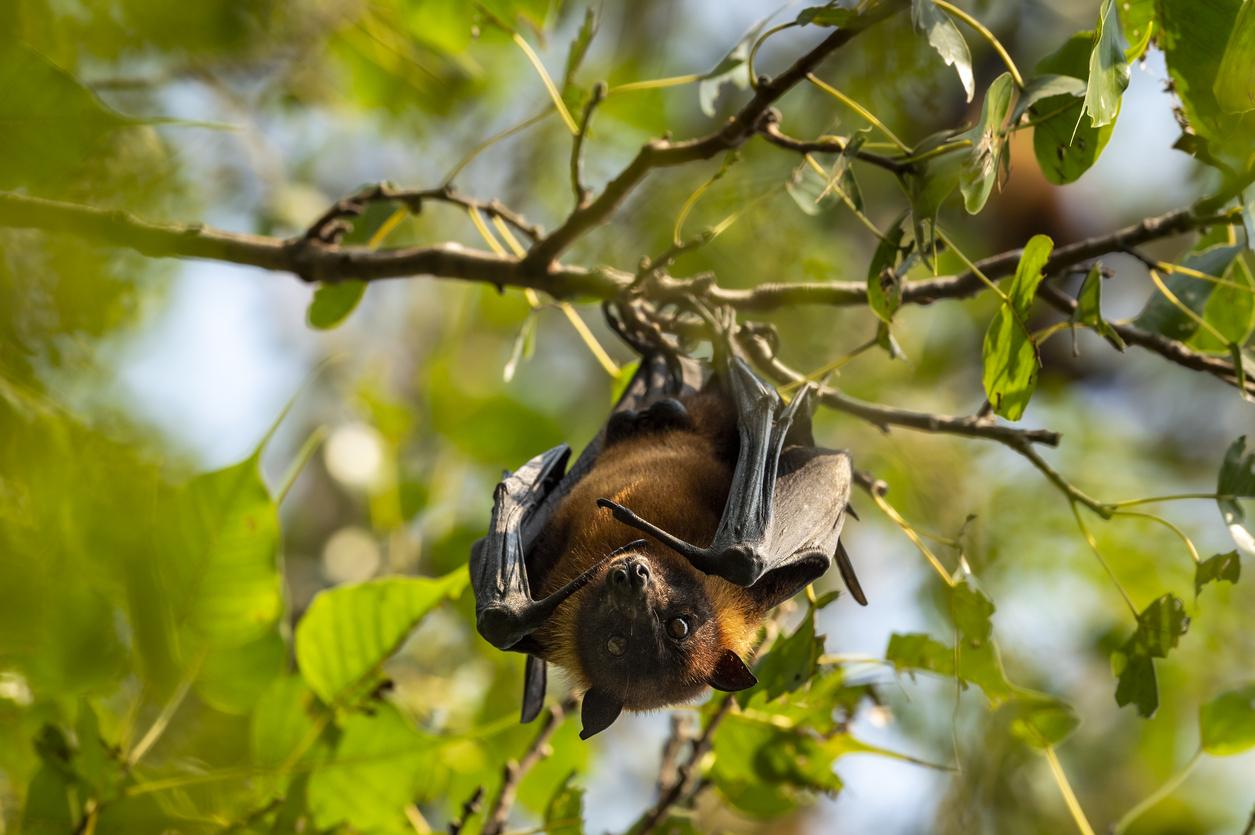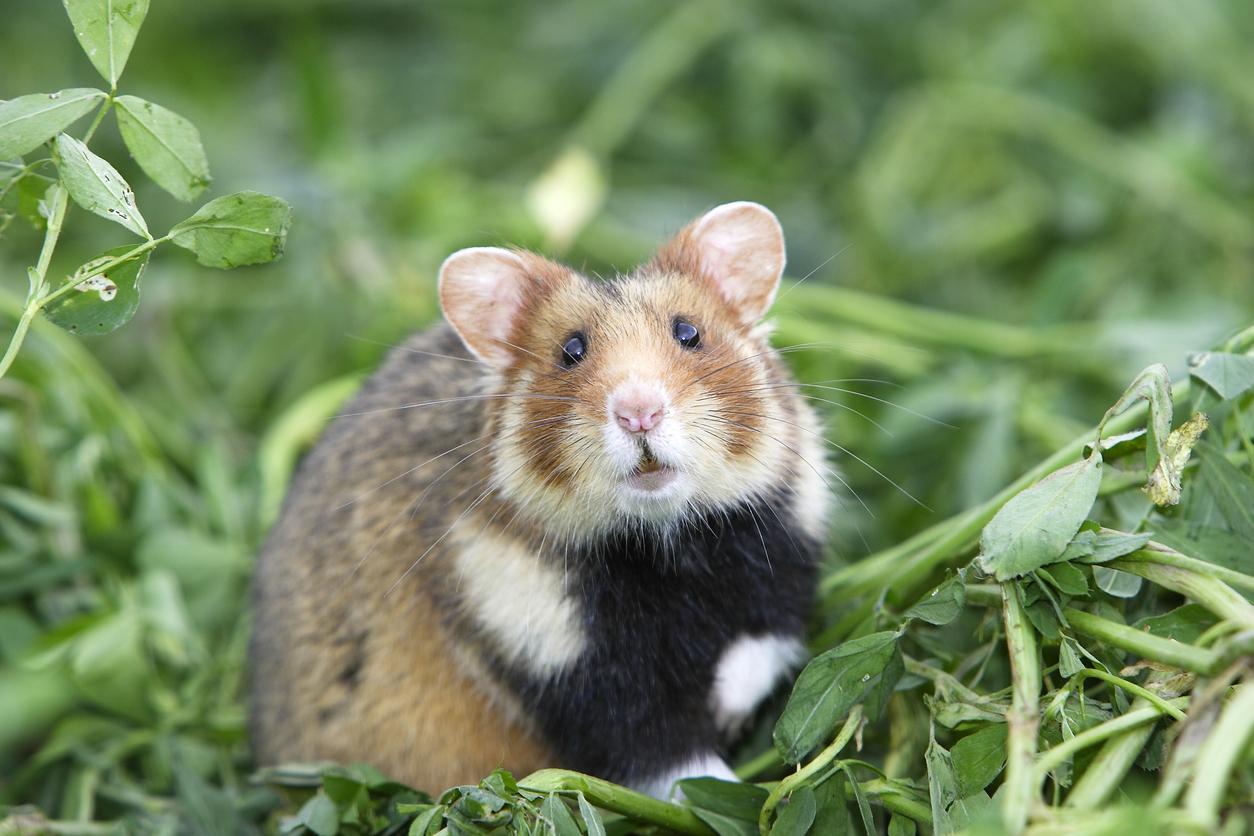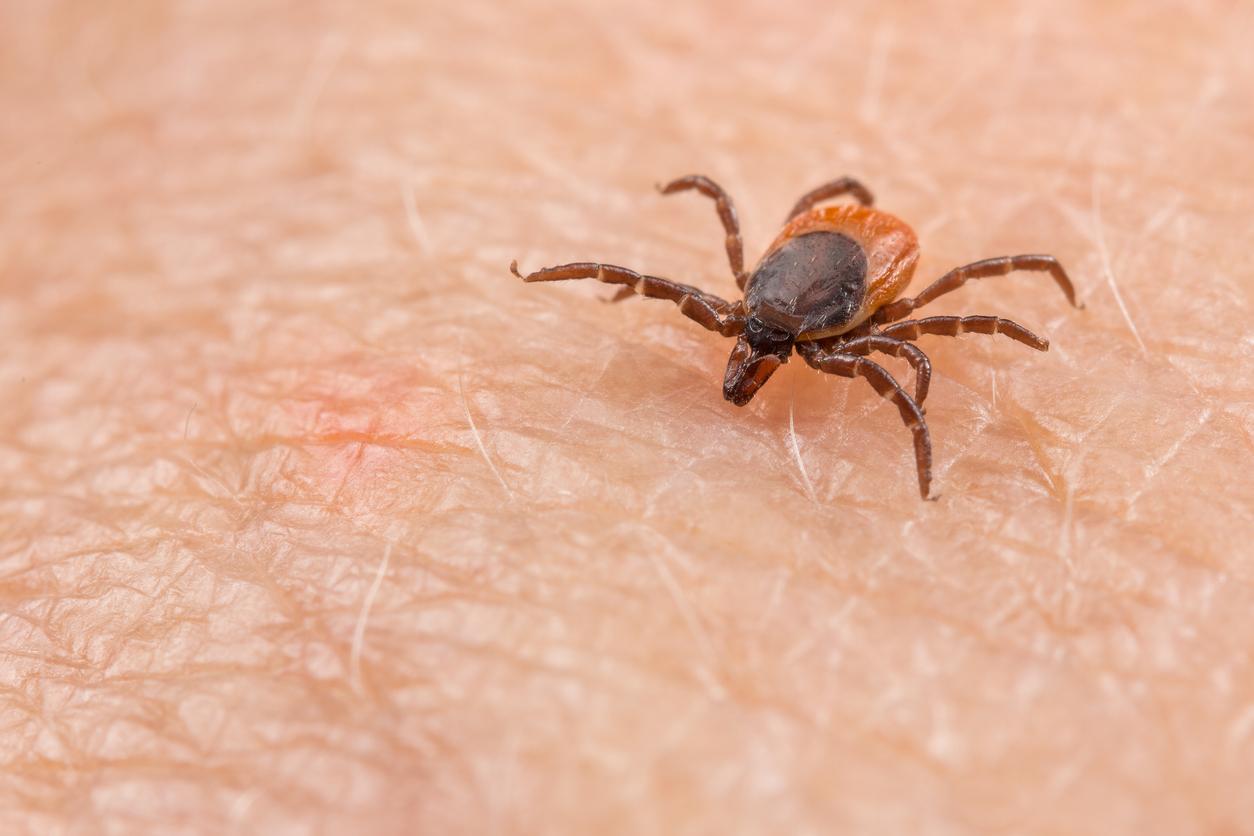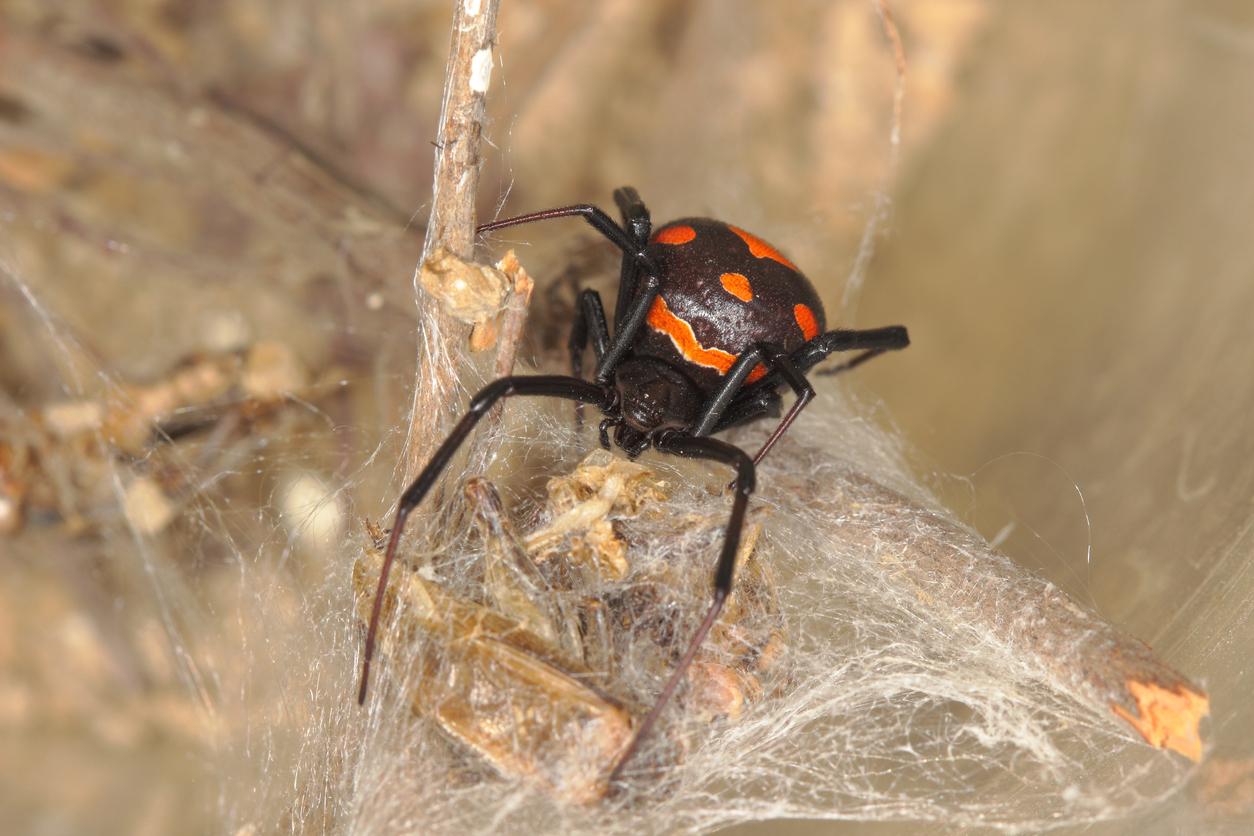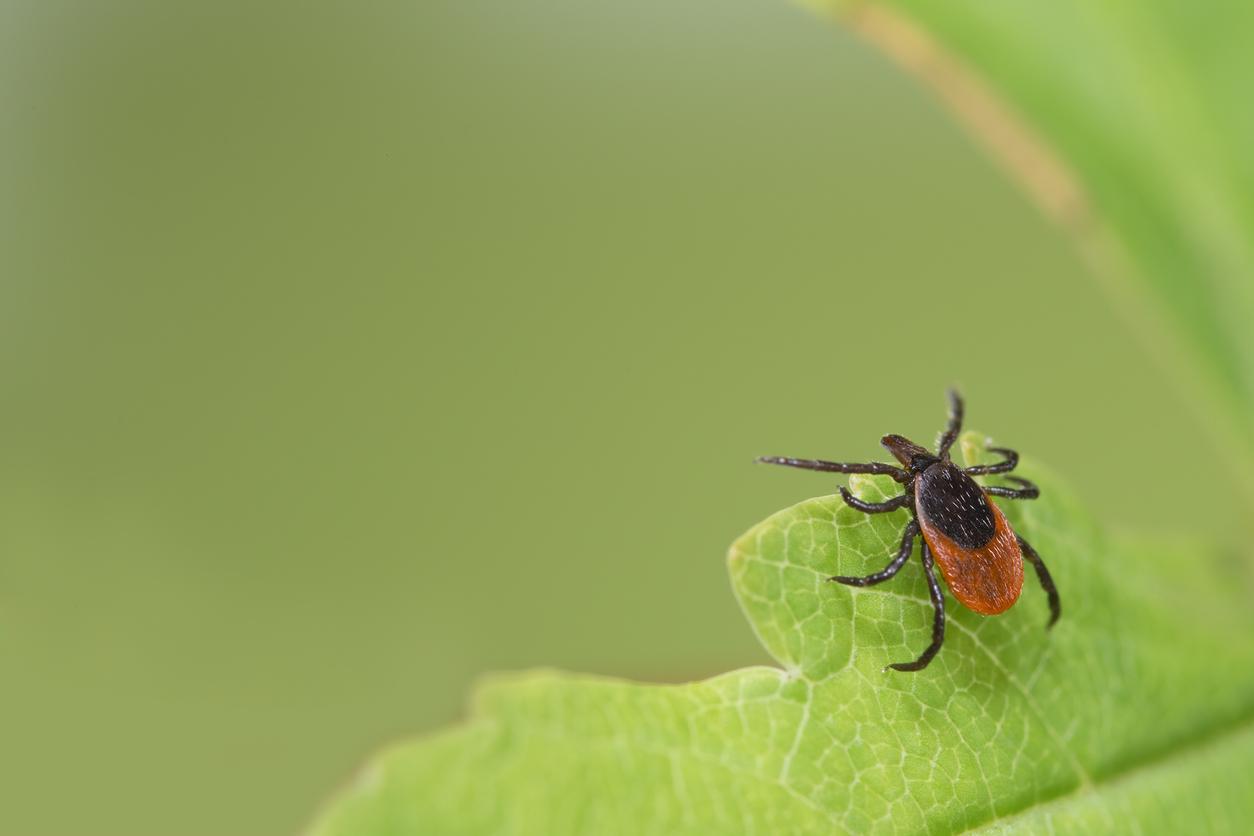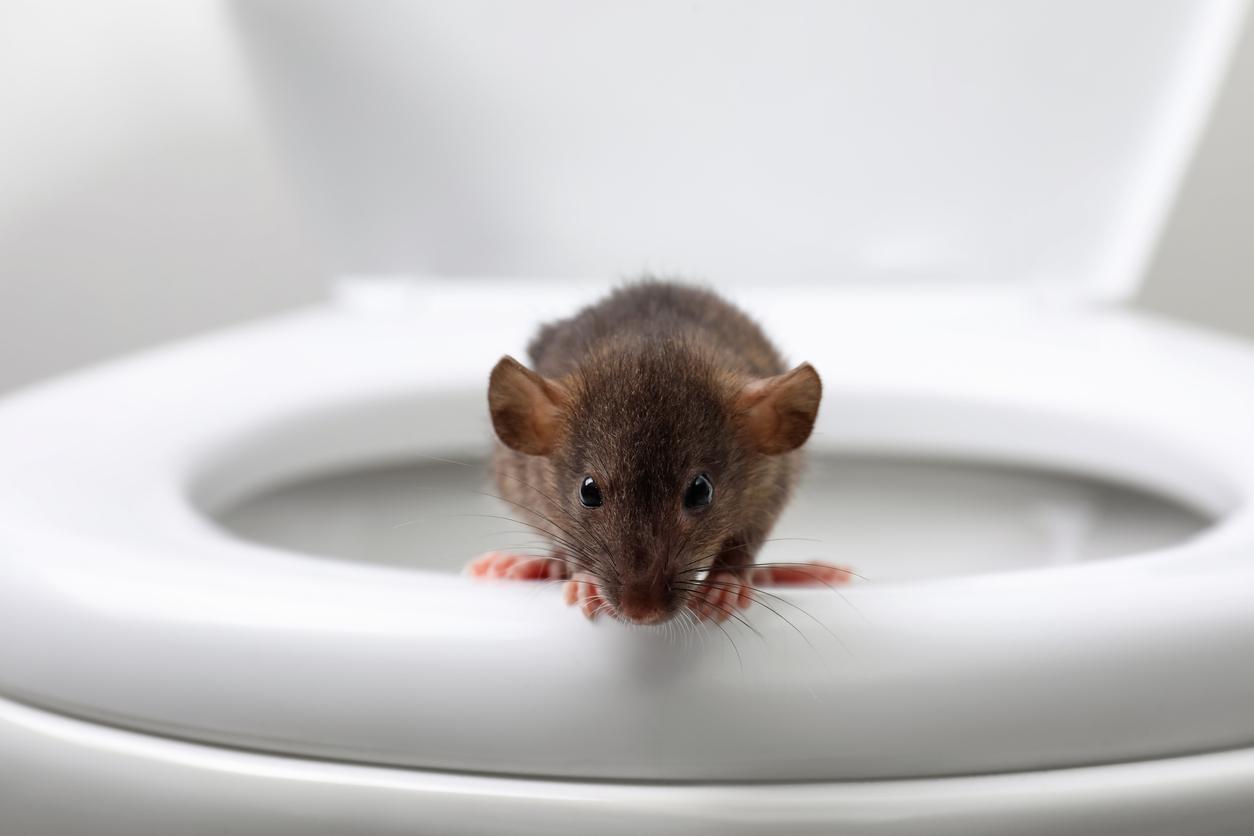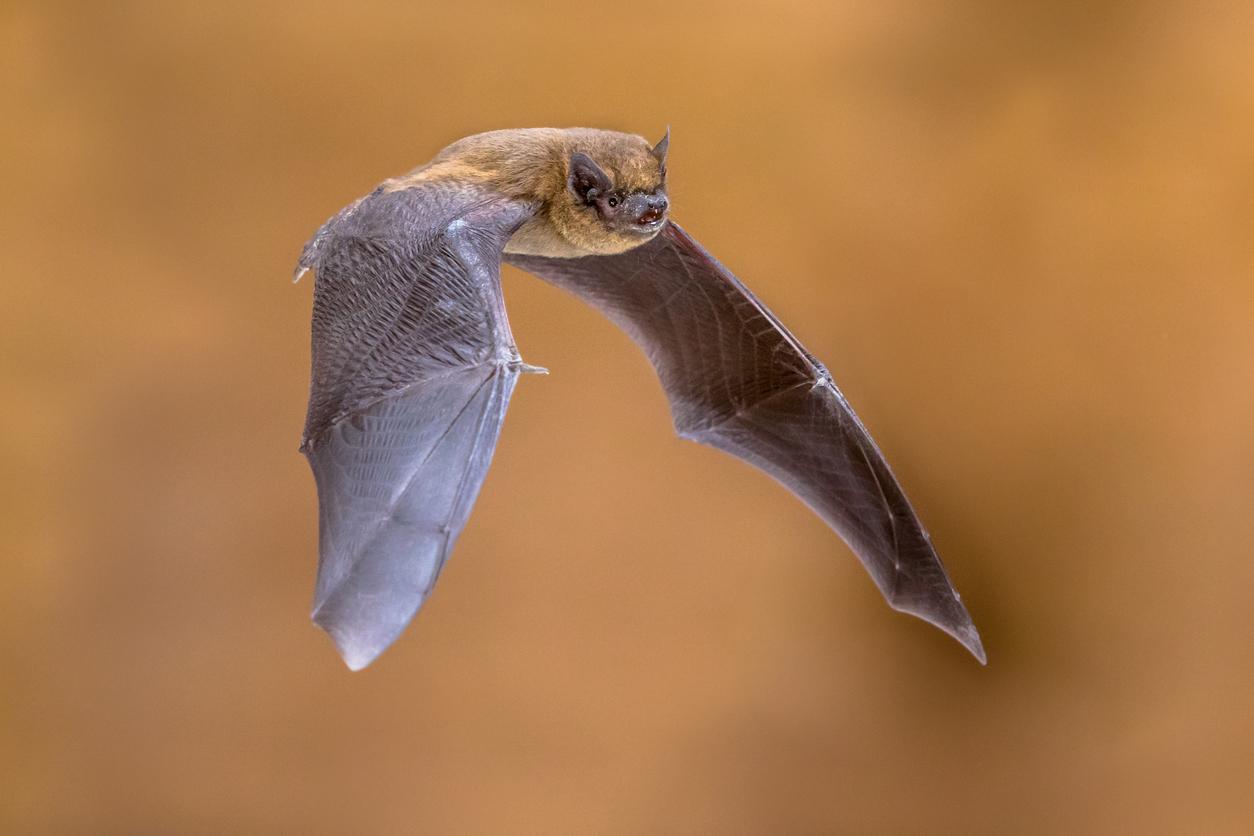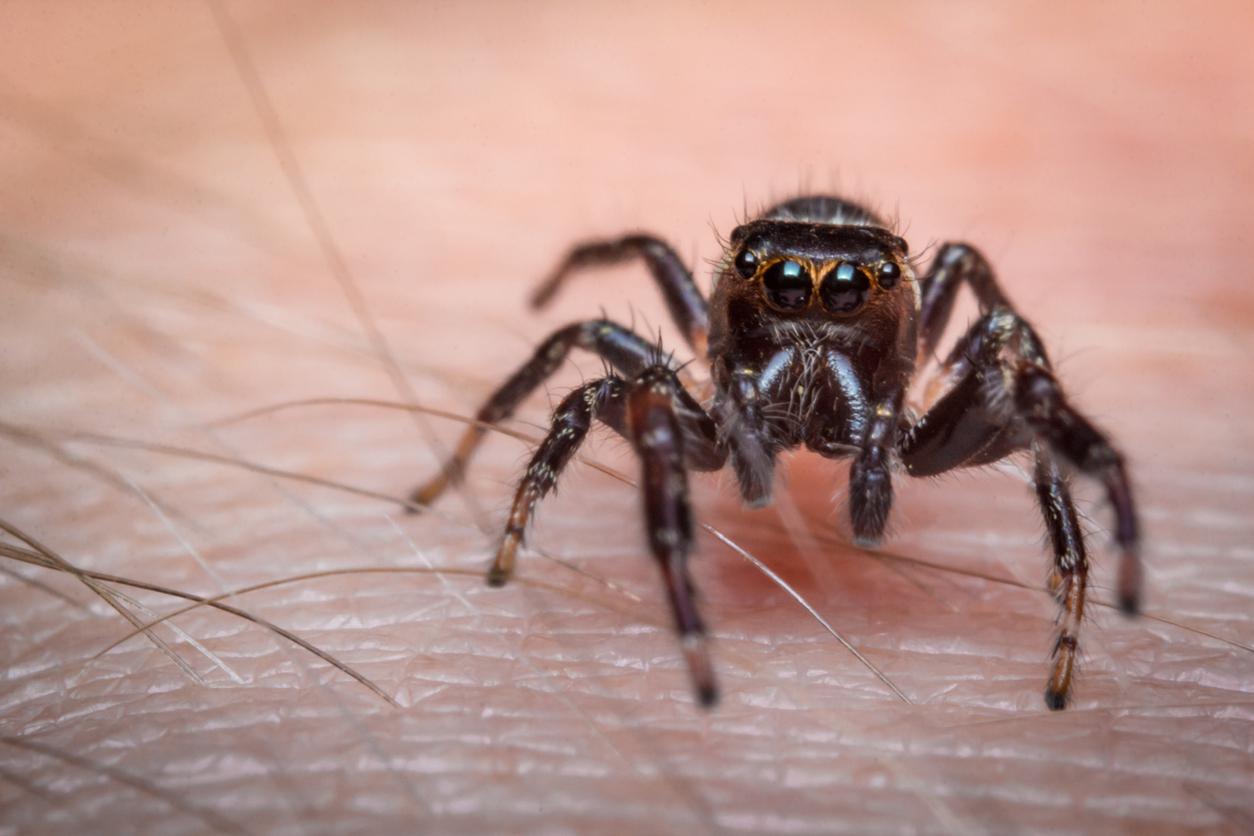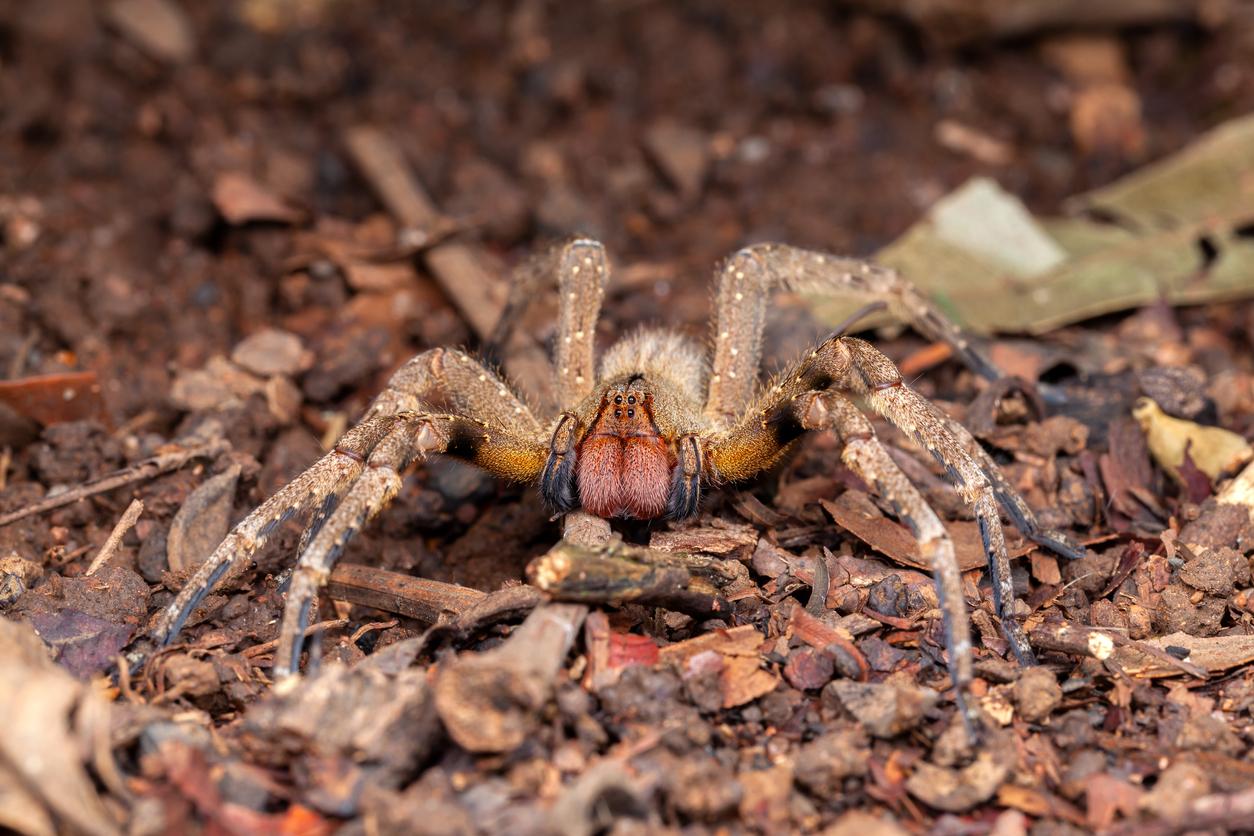- How to recognize a spider bite?
- What are the types of spiders?
- What are the symptoms after a spider bite?
- In case of swelling or blisters, should I be worried?
- How to treat a spider bite?
- What to do to relieve pain with natural remedies?
- Spider bites: what complications?
How to recognize a spider bite?
It is not always easy to recognize a spider bitebecause the light swelling and the redness that follows tends to mask traces that are nevertheless characteristic: two small dots which represent the precise place of the bite, the spider using its mandibles to pierce the skin. The bite may look slightly different depending on the species, but the specifics will hardly be visible to the naked eye by anyone.
Spider bite in photo:

What are the types of spiders?
Many species of spiders are common and found everywhere. Others, more exotic, deserve to be known, because their bite is more serious. The brown recluse, also called violinist spider due to the dark fiddle-shaped patch on its back, stands about 4 cm with its legs and likes dark, quiet places. She lives mostly in the southern United States. THE red spiders, or spider mites, are actually mites, and measure at most 2 mm. Hairy, the jumping spiders propel themselves with powerful legs. From a few millimeters to 1 cm, they have a harmless bite.
What are the symptoms after a spider bite?
In general, a spider bite causes a slight swelling as well as a small inflammation which results in redness, as well as more or less intense itching. Only a few species cause more severe symptoms, such as the black Widow which can generate cramps 30 to 60 minutes after the bite as well as nausea and increased sweating, because its venom is a neurotoxin. About the brown recluse, his bite itches and is distinguished by the appearance of a white circle pulling towards blue.
In case of swelling or blisters, should I be worried?
Seeing the skin swell around the bite is completely normal since the venom causes inflammation. However, you should consult a doctor if it does not disappear after 2 or 3 days or if the pain becomes severe. I’appearance of blister is not worrying either: it all depends on the amount of venom injected. The main thing is not to pierce them.
How to treat a spider bite?
When the bite is from a non-venomous spider, just apply ice to the bite to help with deflation. In all cases, it is necessary to disinfect the wound in order to avoid the risk of infection afterwards. An antihistamine may also be helpful in relieving itching. In the event of a severe bite from a widow spider, it may be necessary to resort to an antivenom.
What to do to relieve pain with natural remedies?
Applying aloe vera gel to and around the spider bite helps soothe the irritated skin. I’chamomile essential oil helps reduce inflammation and skin irritation. In case of pain, lavender essential oil can be beneficial. If the venom causes cramps, rose essential oil helps muscle relaxation.
Spider bites: what complications?
In the case of a non-venomous spider, the main risk of complication is the infection. If the spider was venomous, the bite may necrotize, especially with widow type spiders. Similarly, the allergy manifests itself in the presence of venom. Then you have to go to the emergency room.
Reviewed by Doctor Anne-Christine Della Valle, general practitioner, specializing in infectious and tropical diseases, hospital hygiene and gerontology.
Sources:
Read also:
- The fear of spiders is deeply rooted in our brain
- Bed bugs: what to do? how to get rid of it?
- Jellyfish sting: what to do for quick relief?
- Tick: what to do in case of a bite? how to remove it?
- Bumblebee sting: symptoms, how to relieve it?









